
Article
RCEP: A new trade agreement that will shape global economics and politics
Brookings Institution,
2020
Recommendation
The 2020 Regional Comprehensive Economic Partnership (RCEP) represents close to one-third of the world’s population and its productive output. As it unfolds, China and Japan will likely take on far greater roles on the world stage, while the United States may find its place in the region diminished. Experts Peter A. Petri and Michael G. Plummer look at the potentially formidable trading bloc the RCEP creates and offer the United States ways to rethink its economic and strategic objectives in the area.
Summary
About the Authors
Peter A. Petri is a nonresident senior fellow at the John L. Thornton China Center. Michael Plummer is the director of SAIS Europe and a professor at Johns Hopkins University.








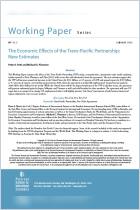
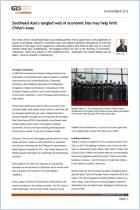
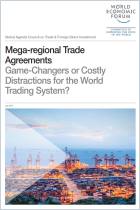

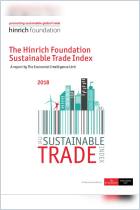
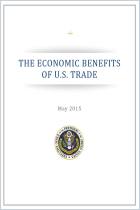
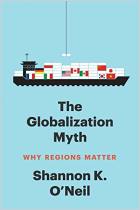



Comment on this summary or Comenzar discusión